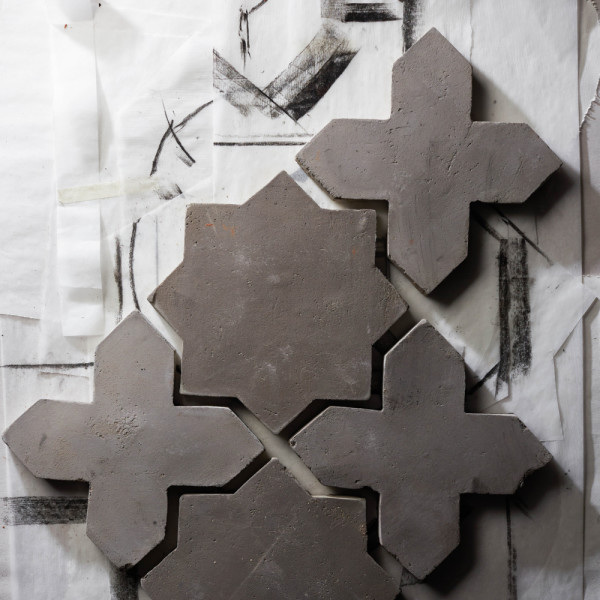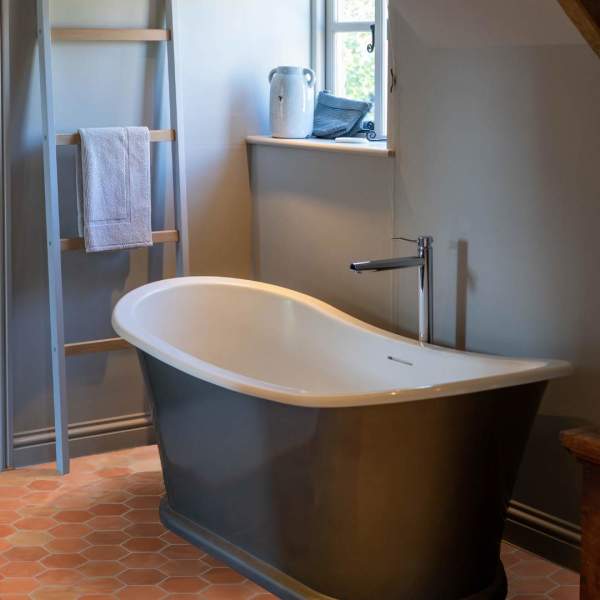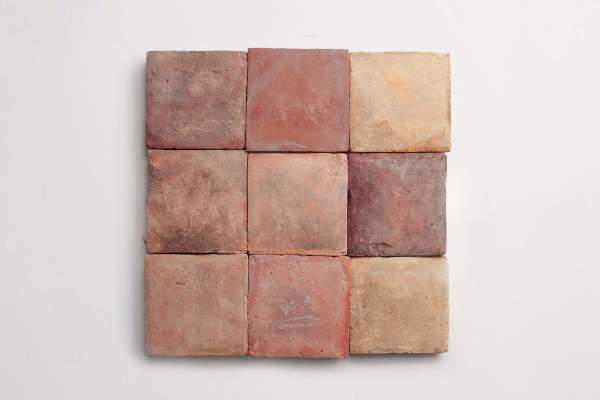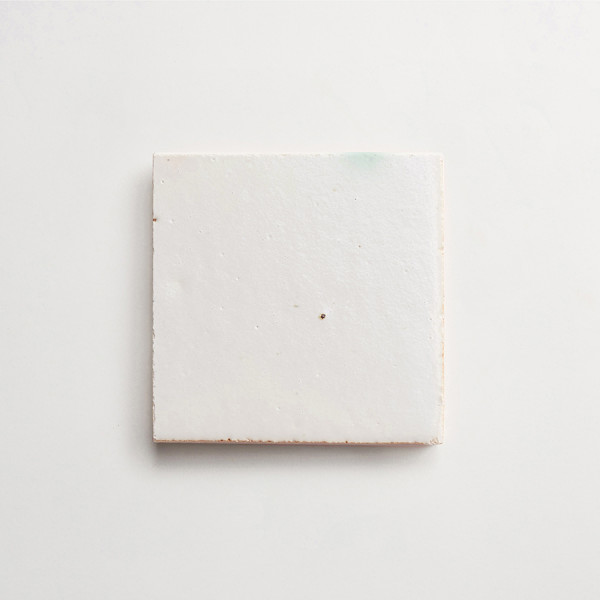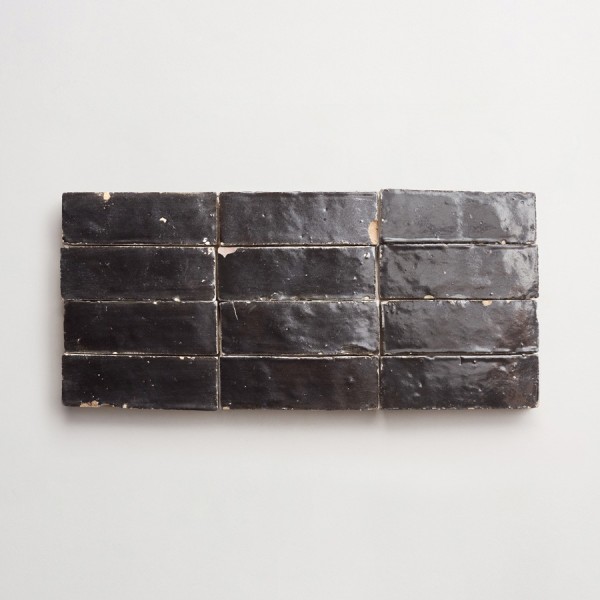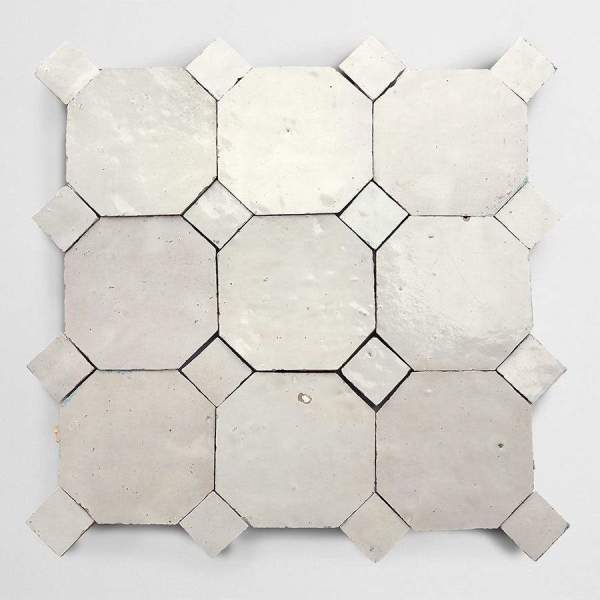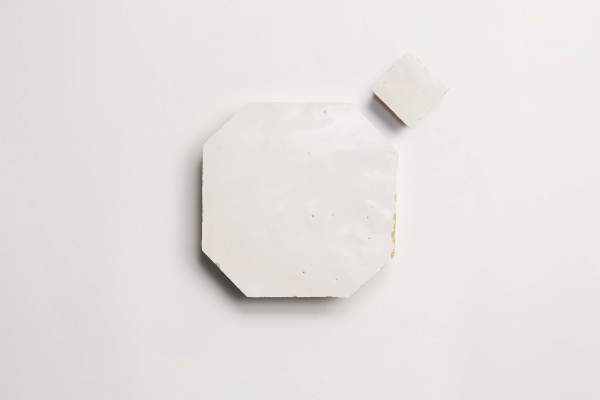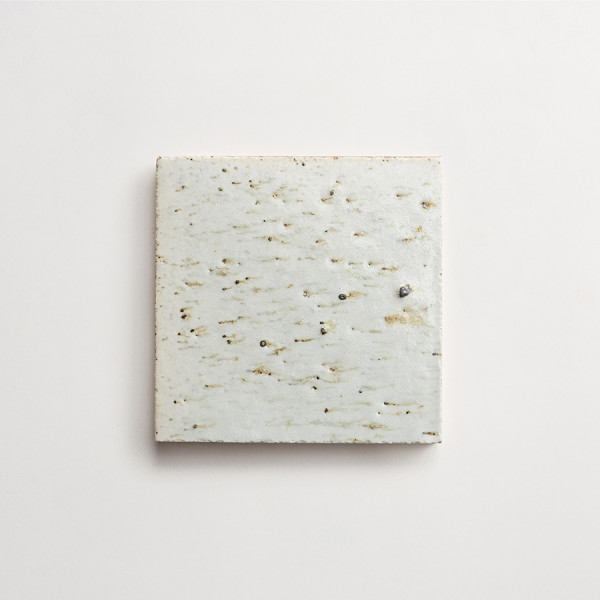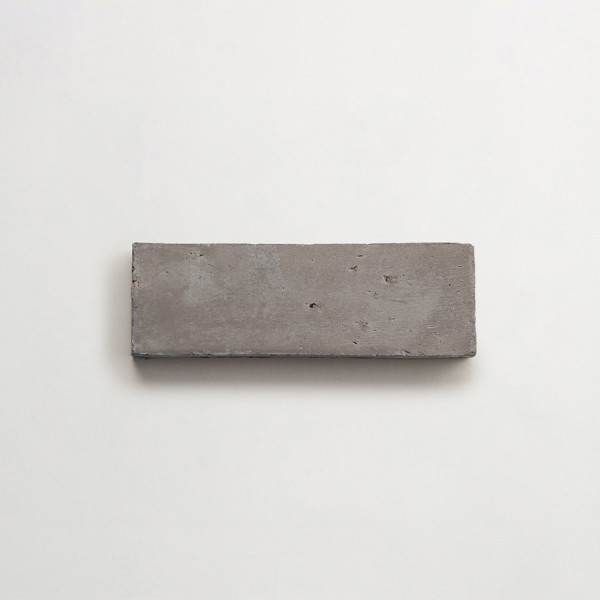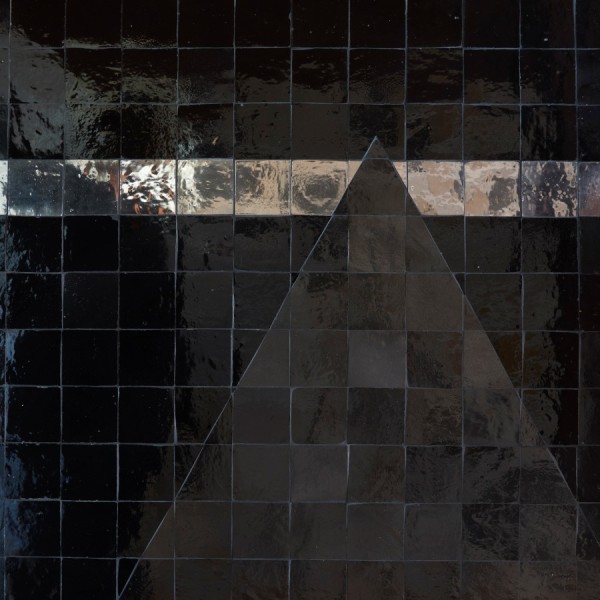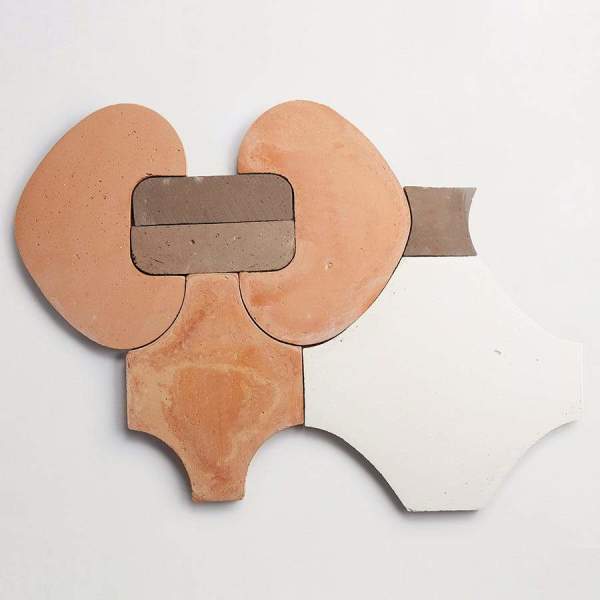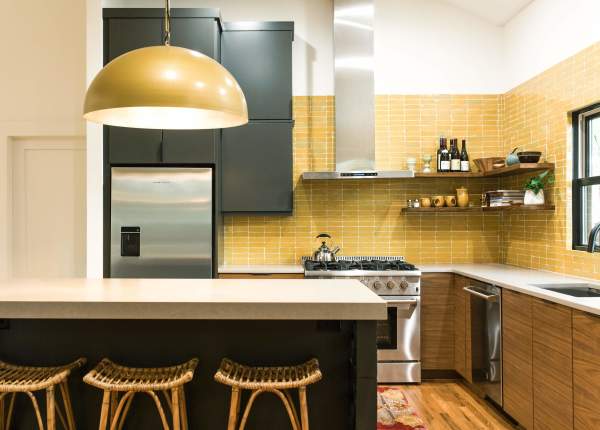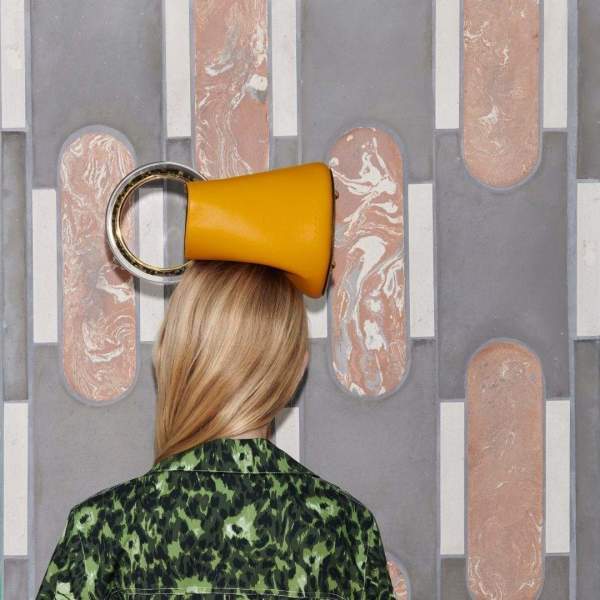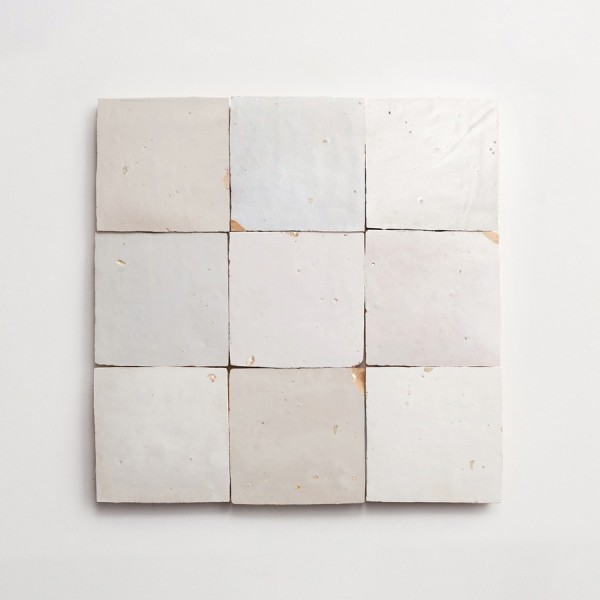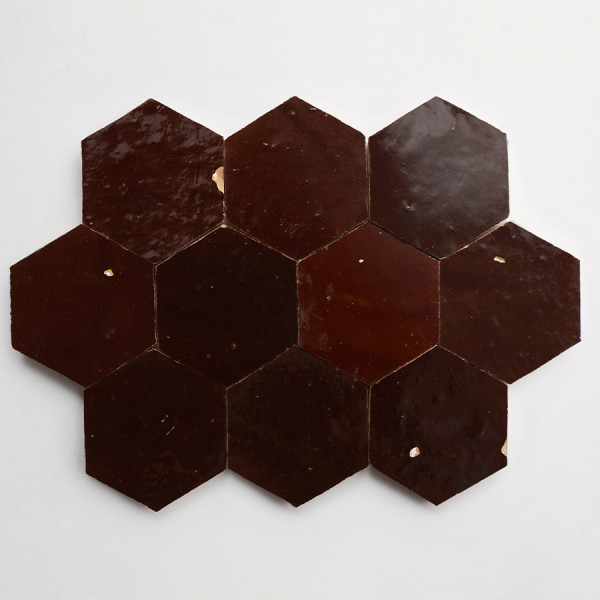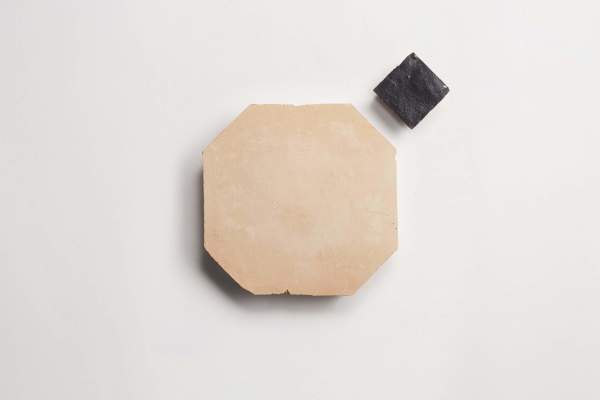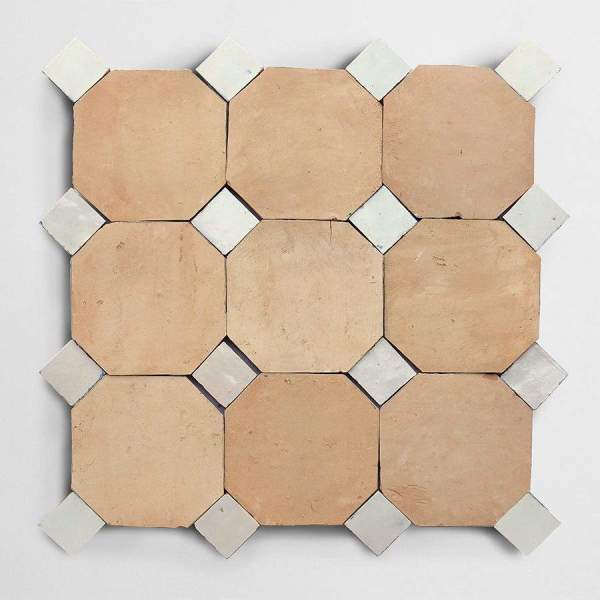shop all terracotta tiles
clé has taken this humble material to new artistic heights, with white finishes ranging from the smooth chalk white and soft marbled hues of italian-made fornace brioni to the shimmering, prismatic glaze variations of everyone’s favorite: zellige. see our faqs to learn more.
Terracotta Tile FAQ
what are terracotta tiles?
terracotta tiles are made from natural clay that is shaped, fired, and finished to create a warm, earthy surface. clé terracotta tiles are known for their rustic character and timeless appeal, crafted with exceptional artisanship, giving each piece unique texture, tone, and variation.
what are the advantages of terracotta tiles?
terracotta tiles bring a rich, organic warmth to any space while offering durability and natural charm. their artisanal nature means no two tiles are exactly alike, creating an authentic surface with depth and personality. clé terracotta tiles emphasize quality and artistry, making them a standout choice for both classic and contemporary designs.
What are the disadvantages of terracotta tiles?
while terracotta tiles offer timeless beauty, they come with a few caveats. for one, terracotta's porous nature means it requires regular sealing to prevent staining and moisture absorption, especially when used as floor tiles. this ongoing maintenance can be time-consuming and costly, especially in high-sq. ft, high-traffic areas or moisture-prone spaces like kitchens and bathrooms.
on top of that, despite their rustic charm, terracotta tiles can be fragile in some ways. they're prone to chipping and cracking, particularly if heavy objects are dropped on them. this vulnerability may not be ideal for busy households or commercial spaces.
also, installing terracotta tiles isn't a DIY-friendly task. the process requires expertise to ensure proper sealing and even placement. the tiles' weight may necessitate additional structural support in some cases.
lastly, while terracotta tile's earthy tones make them one of our favorites, they may not suit all design preferences or complement every interior style. this can make it challenging to update your decor without a complete flooring overhaul. it’s probably smart to order samples to see what fits your decor.
How durable is terracotta tile?
in general, terracotta tiles are quite durable, but their longevity can be affected by various environmental factors. exposure to harsh weather conditions, such as freeze-thaw cycles in colder climates, can cause the tiles to crack or chip over time. similarly, intense sunlight and high temperatures may lead to fading or discoloration, particularly when used as floor tiles in outdoor applications. humidity levels also play a role, as excessive moisture can encourage mold growth and deterioration.
the lifespan of terracotta tiles heavily depends on proper installation. a well-executed floor tile installation process, including appropriate subfloor preparation and the use of high-quality adhesives and grouts, can significantly extend the life of your tiles. conversely, poor installation techniques may lead to premature wear, cracking or loosening of tiles.
regular maintenance is crucial for preserving the beauty and integrity of terracotta tiles. proper cleaning methods, using pH-neutral cleaners and avoiding harsh chemicals, can prevent surface damage and maintain the tiles' natural luster. applying a quality sealant periodically helps protect the porous surface from stains and moisture infiltration, ultimately extending the lifespan of your terracotta flooring.
Are terracotta tiles high maintenance?
the effort required to maintain terracotta tile per sq. ft can vary depending on several factors. generally speaking, terracotta tiles are relatively low-maintenance compared to some other flooring options, but they do require some regular care to keep them looking their best.
you'll need to sweep or vacuum at least once a week to remove dirt and debris. a damp mop with a pH-neutral cleaner should be used bi-weekly or monthly, depending on foot traffic. this routine cleaning helps prevent scratches and maintains the tile's natural beauty.
sealing is crucial for terracotta tiles, whether they’re matte or gloss finish. expect to reseal your tiles every 3-5 years, which translates to a significant amount of sealing work per year for every sq. ft of flooring. this process protects the porous surface from stains and moisture damage.
while day-to-day maintenance is minimal, plan for occasional deep cleaning and potential repairs. on average, you might spend about 15-30 minutes per 100 sq. ft annually on more intensive maintenance tasks to keep your terracotta tiles in top condition.
What is the lifespan of terracotta tile?
terracotta floor tiles can be an incredibly long-lasting and durable flooring option when properly cared for. with a potential lifespan of 50-100 years or more, they offer excellent value. while they do require some maintenance, their warm, natural beauty and ability to age gracefully make them a solid choice for floor tile or other applications. whether you're renovating a rustic farmhouse or adding character to a modern space, terracotta tiles can provide charm and functionality for decades. we suggest that you order samples to find the right style for your project.
how to clean terracotta tiles?
terracotta is porous, so it’s important to seal it properly and clean it with gentle, pH-neutral products. regular sweeping and occasional damp mopping will help preserve its natural beauty. clé terracotta tiles, handcrafted with care, are designed to age gracefully with the right maintenance, developing a patina that enhances their character over time.









